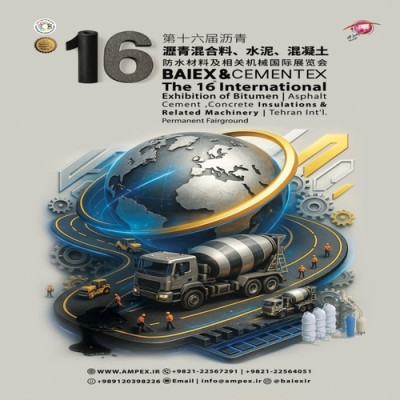The first national-level shale oil demonstration site in China, situated in the Xinjiang Uygur autonomous region, has achieved an annual production milestone of over 1 million tons this year. This marks a notable advancement in the country’s shale oil industry, according to a statement released by the China National Petroleum Corporation (CNPC).
Established four years ago, the Jimsar shale oil demonstration zone in Xinjiang’s Junggar Basin has seen the construction of 306 wells. The site is a collaborative project between Xinjiang Oilfield and Tuha Oilfield, both subsidiaries of PetroChina under the CNPC umbrella.
This year, the number of newly operational shale oil wells has doubled compared to 2023, noted Chen Yiwei, a geological engineer at Xinjiang Oilfield.
Shale oil refers to liquid hydrocarbons trapped within shale rock formations, which can be processed for refinement. These hydrocarbons are often located in organic-rich shale layers, as well as in carbonate rocks, sandstones, and siltstones with thin interlayers.
Chen explained that the geological conditions in the Jimsar area present unique challenges. Unlike North American shale oil, the reserves here are deeper, less continuously distributed, lower in maturity, and contain higher clay content. These factors make extraction and development particularly demanding.
“Despite these complex conditions and technical obstacles, we achieved this significant output through innovative technology, setting a new standard for the efficient development of shale oil zones,” Chen added.
Lu Linmao, another engineer involved in the project, highlighted that oil recovery rates from high-quality reservoirs in the demonstration zone have risen from 44 percent to an impressive 85 percent, while extraction costs have been reduced.
Additionally, the team has developed innovative methods for waste disposal and recycling to safeguard the environment, according to Lu.
China has designated three national-level shale oil demonstration zones in Xinjiang, Heilongjiang province, and Shandong province.
As per CNPC’s projections, the Jimsar zone is expected to achieve an annual production capacity of 1.7 million tons by 2025. Of this, Xinjiang Oilfield will contribute 1.4 million tons, with Tuha Oilfield supplying 300,000 tons.
Globally, China ranks third in recoverable shale oil reserves, making it a key player in the crude oil market. In 2023, the country’s total crude oil production reached 208 million tons, with shale oil output hitting a record 4 million tons, according to data from the National Energy Administration.
BY WPB



















